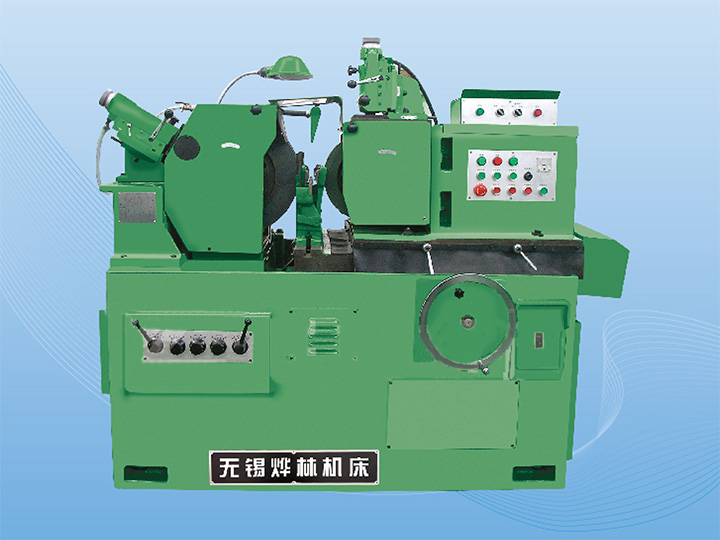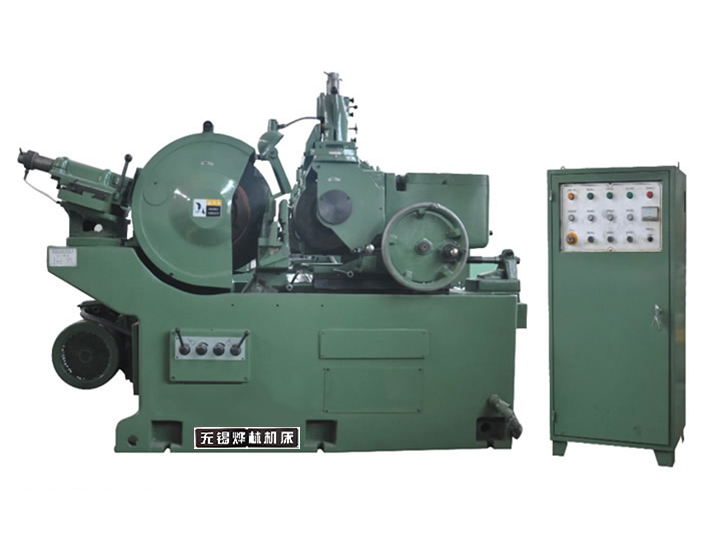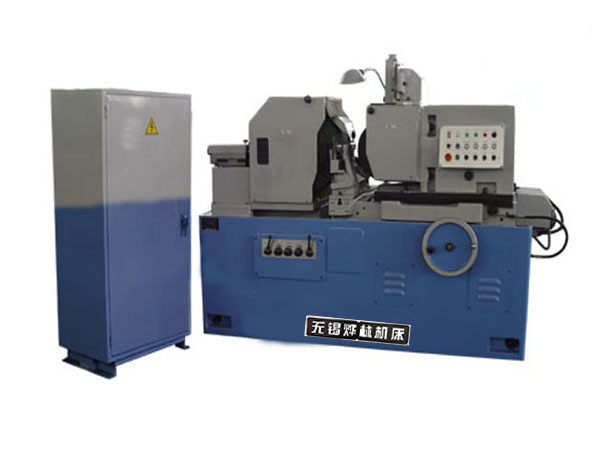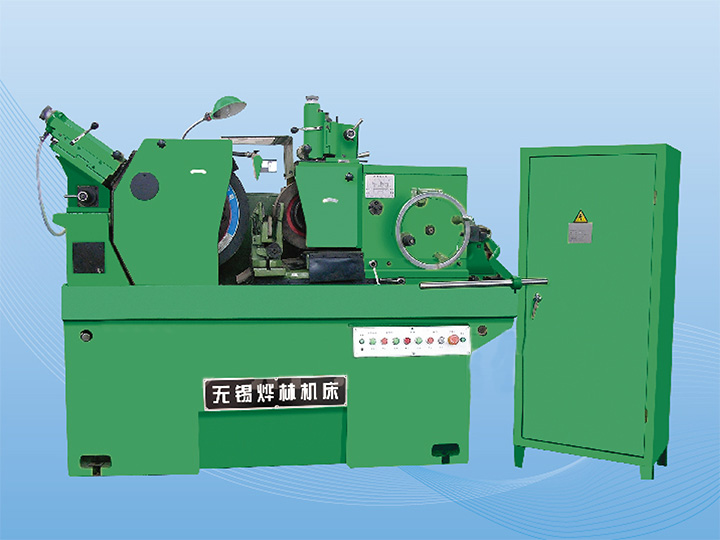As a core device in modern manufacturing, the CNC milling machine has become an indispensable piece of equipment in the field of metal processing, thanks to its advantages of high precision, high efficiency, and automation. It can precisely control the tool path through a computer program, enabling it to complete machining tasks for complex geometric shapes. It is widely used in multiple industries such as aerospace, the automotive industry, and precision molds.
I. Core Technologies: Precise Control and High-efficiency Machining
The core of the CNC milling machine lies in the computer numerical control (CNC) system, which drives a high-speed rotating cutting tool to remove material from a stationary workpiece through a preset program. The tool can move along multiple axes simultaneously, facilitating the machining of curved surfaces, grooves, and special-shaped structures in three-dimensional space. For example, machines with more than three axes can handle complex curved surfaces, and fully automatic models equipped with hydraulic transmission and electric spindle technologies further enhance machining efficiency and stability.
In terms of technical parameters, the machining size of mainstream machines can reach 2000×500mm, the processing speed can be as high as 22000mm/min, and the spindle speed generally exceeds 8000r/min. High-power motors (usually several kilowatts) ensure the cutting strength to meet the machining requirements of workpieces with thicknesses ranging from several tens of millimeters to several hundred millimeters.




